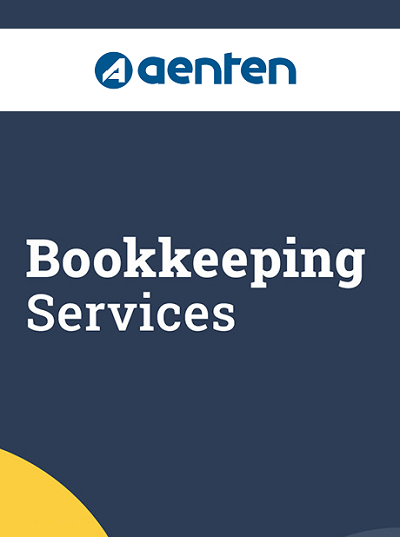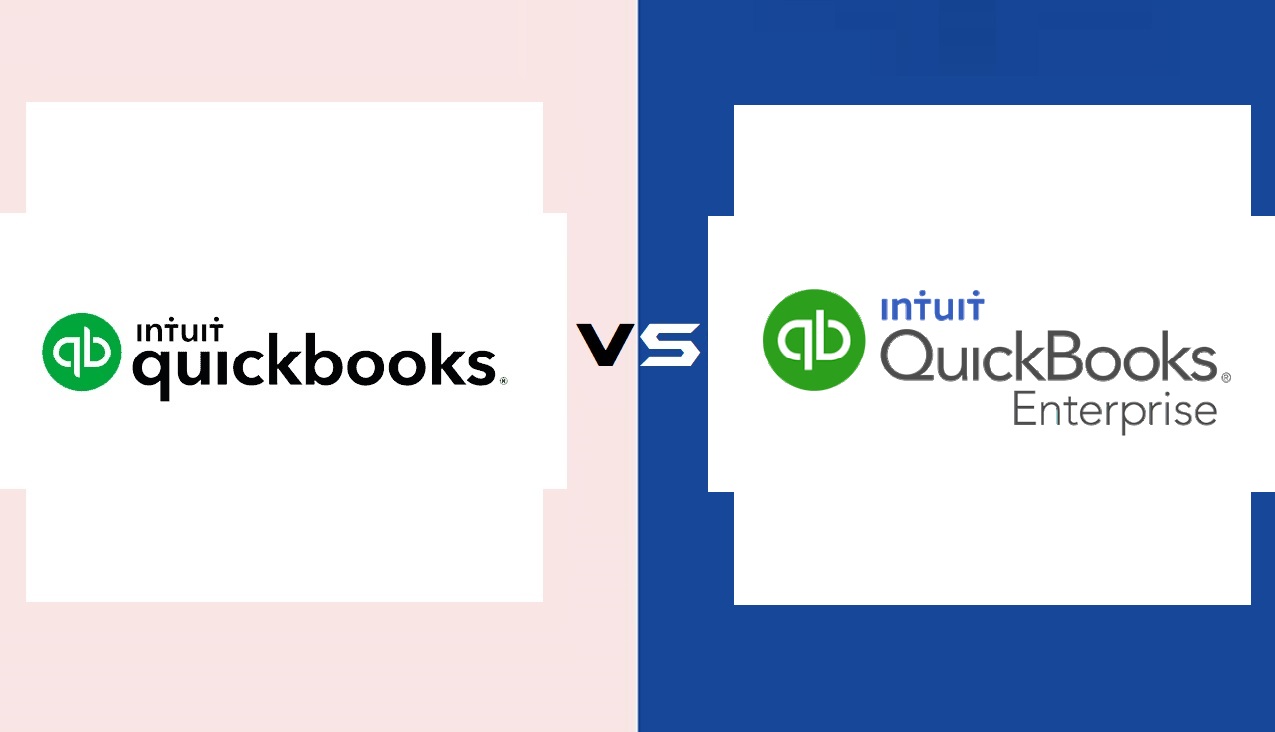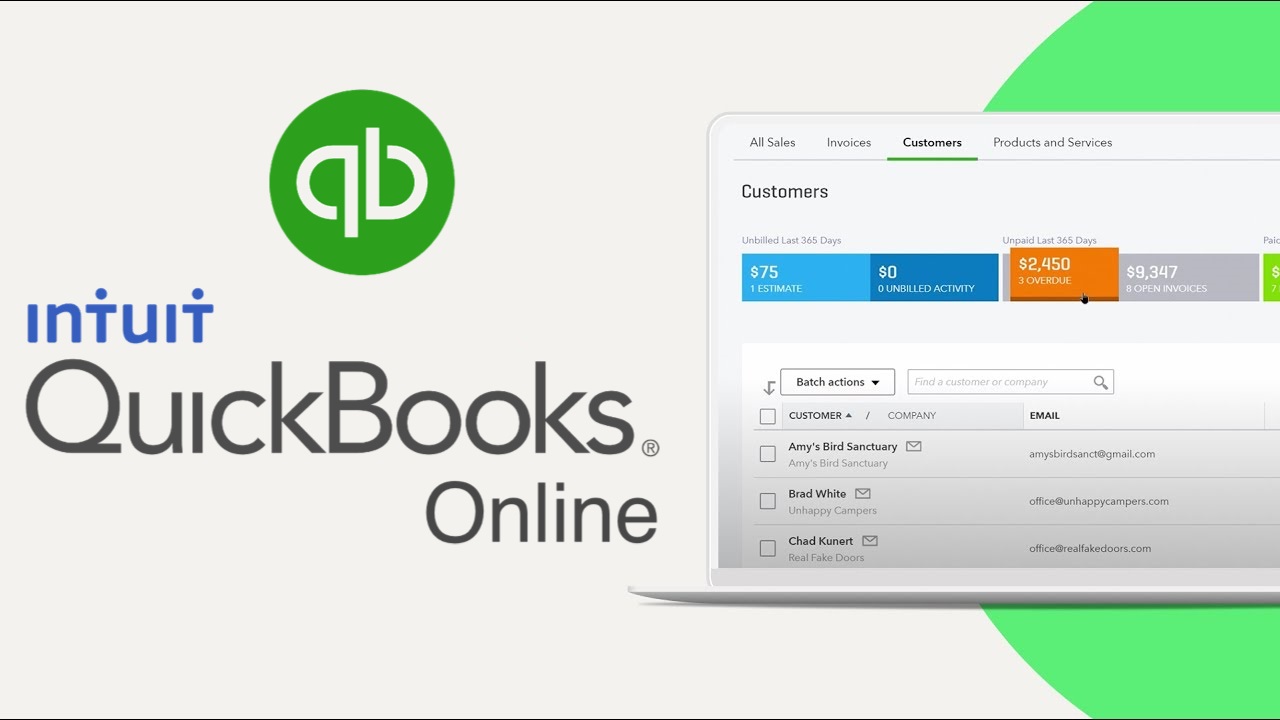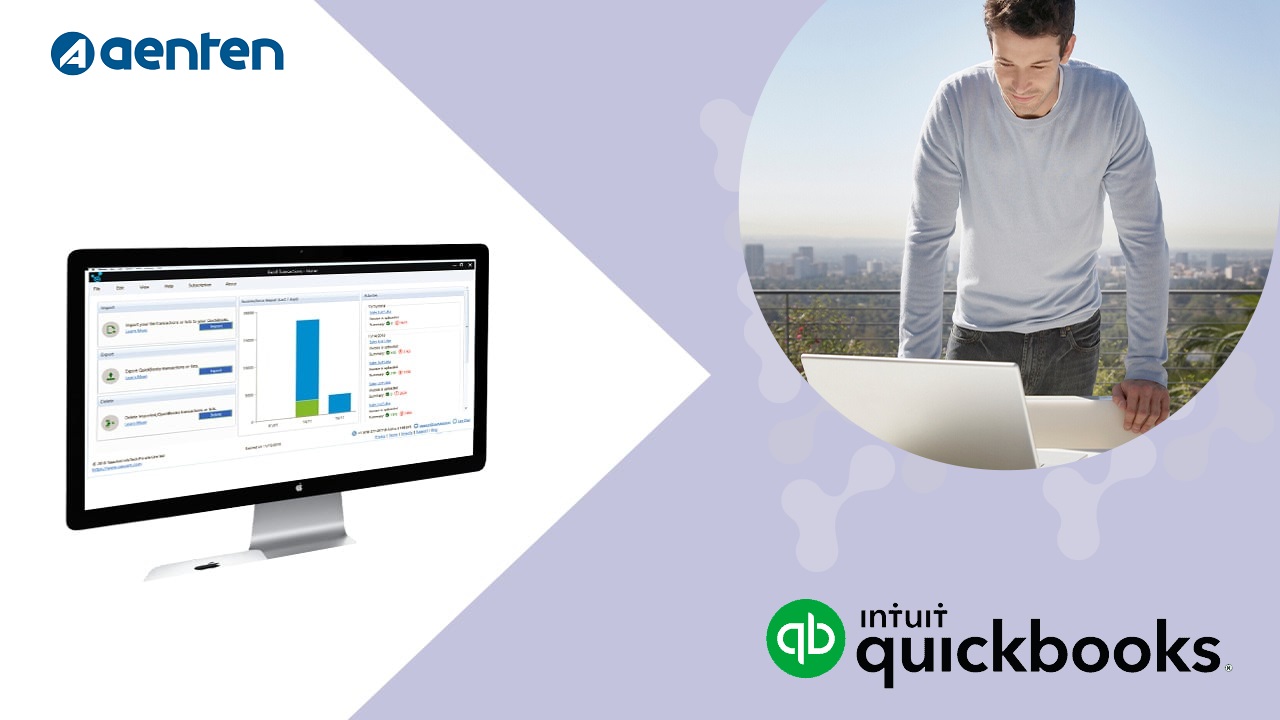A balance sheet is a financial statement that summarizes a company’s financial position at a specific point in time. It presents a snapshot of a company’s assets, liabilities, and equity. In this essay, we will discuss how to read a balance sheet, starting with the definition of its key components and their interrelationships.
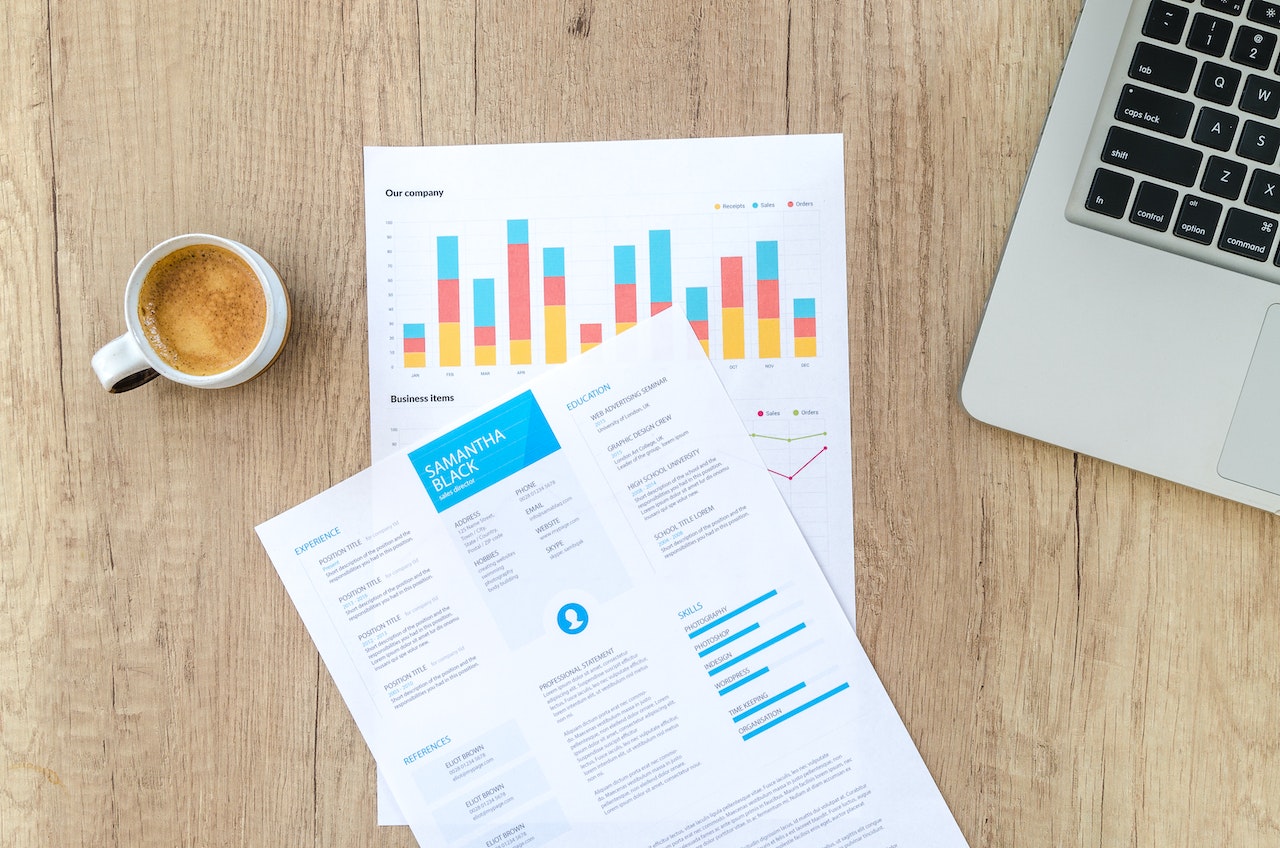
Components of a Balance Sheet:
The balance sheet is divided into three main sections: assets, liabilities, and equity. Assets represent what a company owns, liabilities represent what a company owes, and equity represents what is left over after liabilities are subtracted from assets.
Assets:
Assets are the resources a company owns that have value and can be used to generate future economic benefits. They are divided into two main categories: current assets and non-current assets. Assets are those that are expected to be converted into cash within one year or one operating cycle, whichever is longer. Examples of current assets include cash, accounts receivable, inventory, and prepaid expenses.
Non-current assets are those that are not expected to be converted into cash within one year or one operating cycle. Examples of non-current assets include property, plant, and equipment, intangible assets, and long-term investments.
Liabilities:
Liabilities are obligations that a company owes to others and are classified as either current liabilities or long-term liabilities. Current liabilities are obligations that are due within one year or one operating cycle, whichever is longer. Examples of current liabilities include accounts payable, short-term loans, and accrued expenses.
Long-term liabilities are obligations that are due in more than one year or one operating cycle. Examples of long-term liabilities include long-term loans, bonds payable, and pension liabilities.
Equity:
Equity represents the residual interest in the assets of a company after liabilities are subtracted. It is divided into two main components: contributed capital and retained earnings.
Contributed capital represents the amount of capital contributed by the shareholders of a company, such as the initial investment made when the company was formed.
Retained earnings represent the cumulative profits earned by the company over time that have not been distributed to shareholders as dividends.
Read Also : How To Pay Yourself As Sole Proprietor, Partnership, or LLC
Interrelationships Between Components:
The balance sheet equation, which is Assets = Liabilities + Equity, illustrates the interrelationships between the components of the balance sheet. This equation must always balance, meaning that the total assets must equal the total liabilities and equity.
If a company acquires new assets, it can finance those assets through either debt or equity. For example, a company can borrow money from a bank or issue new shares of stock to raise funds.
Similarly, if a company incurs new liabilities, it must either increase its assets or reduce its equity to balance the equation. For example, a company may issue bonds to finance new projects, which increases its liabilities but also increases its assets by the amount of the funds raised.
Reading a Balance Sheet:
Reading a balance sheet requires understanding the relationship between its components and analyzing the trends and changes over time. Here are some key ratios and metrics that can help in analyzing a balance sheet:
Current Ratio:
The current ratio is calculated by dividing current assets by current liabilities. It measures a company’s ability to pay off its short-term liabilities with its short-term assets. A ratio of 2:1 is generally considered healthy, indicating that a company has enough current assets to cover its current liabilities.
Debt-to-Equity Ratio:
The debt-to-equity ratio is calculated by dividing total liabilities by total equity. It measures a company’s leverage, or the amount of debt it has relative to its equity. A lower ratio is generally considered more favorable, indicating that a company has more equity relative to its debt.
Return on Equity:
Return on equity (ROE) measures a company’s profitability relative to its equity. It is calculated by dividing net income by total equity. A higher ROE
